In golf there are a few golf rules almost every player unconsciously violate. Have you ever been in a situation on a golf course where you didn’t know how to drop, when to take a free drop, how many penalty strokes you gained?
In golf there are a few golf rules almost every player unconsciously violate.
Have you ever been in a situation on a golf course where you didn’t know how to drop, when to take a free drop, how many penalty strokes you gained?
What if I tell you that there are at least 3 golf rules you violate without knowing?
I wonder if you knew that there are 34 rules of golf according to the USGA. Those 34 rules define relatively large part and most of the golfers don’t know the half of it.If you want to know more you can download complete Golf Rules approved by The United States Golf Association and R&A Rules Limited HERE (usga.org)
There are also a few minor rule changes for 2016.
To give you as much information as possible I searched for the 11 most often unconsciously violated golf rules and explained them so you could play according to the rules next time and take advantage of them.
1. You can’t play a provisional ball if you think you hit the water hazard
If you think your original ball may have gone into the water hazard you shouldn’t play a provisional ball. I see many golfers do that.When I started golfing I also thought that I can play a provisional ball even if I wasn't sure if it went in the water hazard.
However, if the original ball might be lost outside the water hazard, you should play a provisional ball (Rule 27-2).
For example: You hit your shot very close to the water hazard. You shouldn’t play a provisional ball but you think the ball could also land in those bushes aside or even out of bounds. In such case you can play a provisional ball, which should be abandoned if the original ball is found in the hazard.
2. Removing loose impediments and movable obstructions in the bunker
Usually you remove leaves, small stones and some other small obstacles lying beside your ball in the bunker, right? Wrong!According to Rule 13-4c, the player should neither touch or move any loose impediment lying in or touching the same hazard.
Loose impediments include: leaves, stones, insects, worms, fruit skins, pine cones, branches and twigs, dead animals etc.
Despite that loose impediments aren’t allowed to touch or move, you can always remove a movable obstruction.
Movable obstructions include: tees, bottles, cans, score card, litter etc.

3. Ball at rest moved by player, caddie or equipment
The ball moves when we least expect it. It happened to all of us. (Rule 18-2) 
Add a penalty stroke and place your ball back to the original position if:
- It moves after you have addressed it or you accidentally cause it to move
- If you lift it when not permitted
- Repairing a hole plug or a ball mark
- Measuring
- Lifting the ball under the rule 20-1
- Placing or replacing a ball under the rule 20-3a
- In removing a loose impediment on the putting green
- In removing movable obstructions
- Searching and identifying the ball in a hazard
4. Teeing off
I see a lot of golfers don’t know where they should tee the ball. You should tee your ball at or behind the imaginary line between tee markers. OK, we all know that.What about how far backwards can you go?
While staying between tee markers, you can tee your ball up to two club lengths back from the markers. If you play your shot from outside this area you incur a two-stroke penalty (Rule 11) and must play a ball from within the correct area.
One thing sure happened to all of us – knocked ball off the tee when addressing it. If you knock your ball off the tee when addressing the ball, you can replace the ball without penalty.
BUT if you swing at the ball and miss it or the ball falls of the tee, it will count as a strike. Also you will have to play it as it lies with the next shot.
5. Grounding your club in a hazard
When you find yourself in a hazard – water hazard (yellow lines/stakes), lateral water hazard (red lines/stakes) and bunkers, be careful not to ground your club!It’s pretty simple rule but a lot of golfers aren’t cautious enough. If you ground your club in a hazard you incur a two-stroke penalty.
You also incur a two-stroke penalty if you make practice swing and make a contact with the ground surface.
Grounding your club means also touching the water so if you want to hit the ball out of the water make sure not to touch it before the strike.
6. Playing another ball from the tee
You can ALWAYS play a second ball from the tee under penalty of one stroke. It's the same from the fairway (or anywhere else) as long as you try to drop the ball to the same position where you hit the previous one.
One example so you’ll understand what I'm trying to tell you:
You topped your driver shot into the water in front of the tee box and everybody says you should take 2 clubs and drop it by the water.
A ball can only be considered lost when:
- the player has put another ball into play under penalty of stroke and distance
- the player has made a stroke at a substituted ball.” – R&A
7. Playing the wrong ball
If you play the wrong ball you are penalized with 2 strokes or you lose hole in match play.“The actual strokes taken with the wrong ball do not count on the golfer’s score. Pursuant to Rule 15-3b, a player who hits the wrong ball must correct her mistake by finding and playing her legal ball, or substituting a new ball.
If the player doesn’t correct her mistake before teeing off on the next hole, or if she fails to announce her intention to do so before leaving the last green, she is disqualified.” -golfsmith
Even an attempt of hitting someone else's ball is a violation. If a player swings at the wrong ball he suffers a two-stroke penalty or loses the hole in match play.
Be sure to mark your ball so you could identify it's yours!
It can be also pretty uncomfortable when a player competitor plays your ball from the rough thinking it was his. After 5 min of searching you have to declare your ball as lost. Because you didn’t know you incure the stroke and distance penalty (Rule 27-1).
Even if the player brings you the ball back, 5 minutes are gone and you have already played the second ball so there's nothing you can do.
8. Repairing spike damage on the putting green
What you can do is:
- Remove loose impediments and moveable obstructions
- Repair pitch marks
- Repair old hole plugs created when the hole was moved
If another player step on your putting line and scuff up the turf you can repair spike marks! You are entitled to the lie and line of play you had when your ball came to rest.
9. Dropping the ball
Usually we all know how to drop the ball correctly. Citing R&A : “When dropping, stand erect, hold the ball at shoulder height and arm’s length and drop it.”On the golf course every drop is slightly different. There are some major rules on how to drop but do you know how not to drop?
There are different situations covered in Rule 20-2c when a dropped ball must be re-dropped:
- Ball rolls and comes to rest in a hazard - For example: you drop the ball outside the water and it rolls back in.
- Ball rolls out of the hazard - For example: you drop the ball in the sand because the casual water and it rolls out of the hazard.
- Ball rolls on to the putting green
- Ball rolls out of bounds
- Ball rolls back into condition - For example: you drop the ball because of immovable obstruction, abnormal ground conditions or something similar and it rolls back into the position from which relief was taken.
- Ball rolls nearer the hole
- Ball rolls more than 2 clubs away
One easy way to remember how many clubs away can you drop:
Length of 1 club: when you take free relief under the Rules
Length of 2 clubs: when you take a penalty drop
10. Giving an advice
Giving an advice is one of the most breached golf rules. Even though golfers often give an advice to other players you don’t see the required penalty of two strokes very often.I must agree about that. Otherwise we wouldn’t have any topic to talk and whine about in amateur golf.
If you think about it, even a “wow how fast are the greens today” is an advice because is a suggestion that could influence a player in determining.
Don't worry, you can still talk about which club did your colleague use etc. but you have to wait untill all the players have hit their shots so nobody is influenced by your comment.
11. Movable and immovable obstructions
Many times we find ourselves in a position where different obstruction is on our line of play. So what should we do?There are two types of movable and immovable obstructions: movable and immovable.
Movable obstructions located anywhere may be moved without penalty.
Also if the ball moves as a result, it must be replaced without penalty. Movable obstructions are: booklets, score cards, tees, rakes, bottles, tin cans etc.
Immovable obstructions are an artificial object on the golf course that can’t be moved. When the condition physically interferes with the lie of the ball, your stance or your swing, relief without penalty is available.
Immovable obstructions are: buildings, firmly embedded direction posts, trash cans etc.
Abnormal ground conditions are also treated as immovable obstructions when it comes to taking a relief.
An abnormal ground condition casual water, ground under repair or a hole, cast or runway made by an animal.
Conclusion
If you thought golf rules are simple and that you don’t have to pay attention – you’re mistaken. I bet every one of you have found at least one rule which you violate.I believe you can save up to 3 strokes per round with understanding the golf rules and taking advantage of free drops, reliefs…
One more advice for you – if you happen to be in a conflict with your scorer about a way of play or one of the rules, just play 2 balls and write both scores down. The referee will decide which score will count according to the Rules of Golf.
It makes no sense to argue with your scorer because you will get stressed and play worse for another 2 or more holes.
Do you understand all of the above rules or do you have any additional questions? Which one of them did you violate the most?

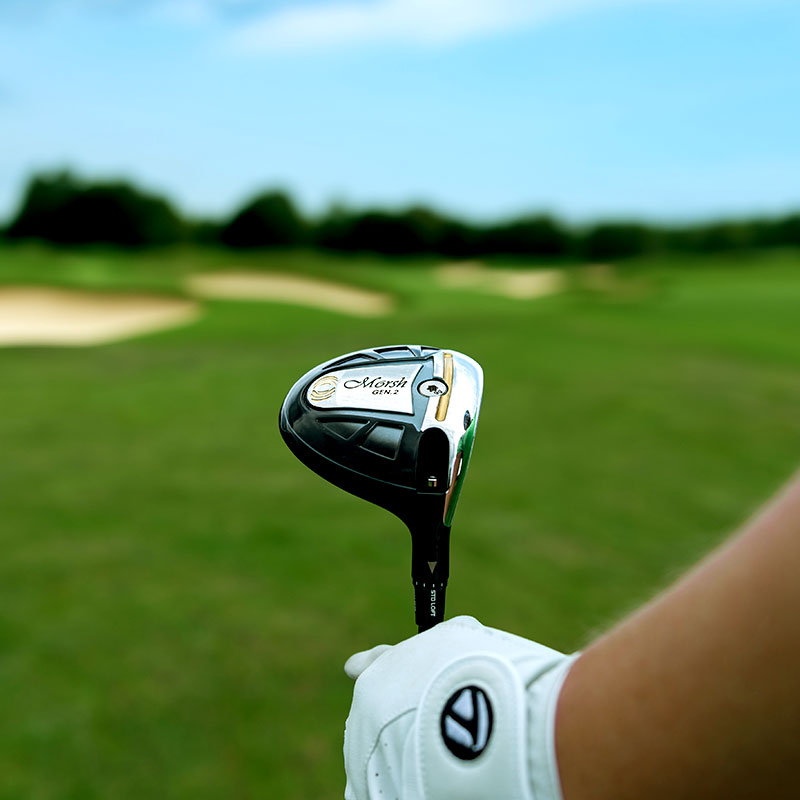
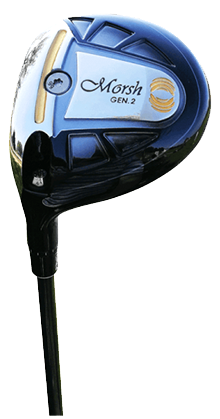
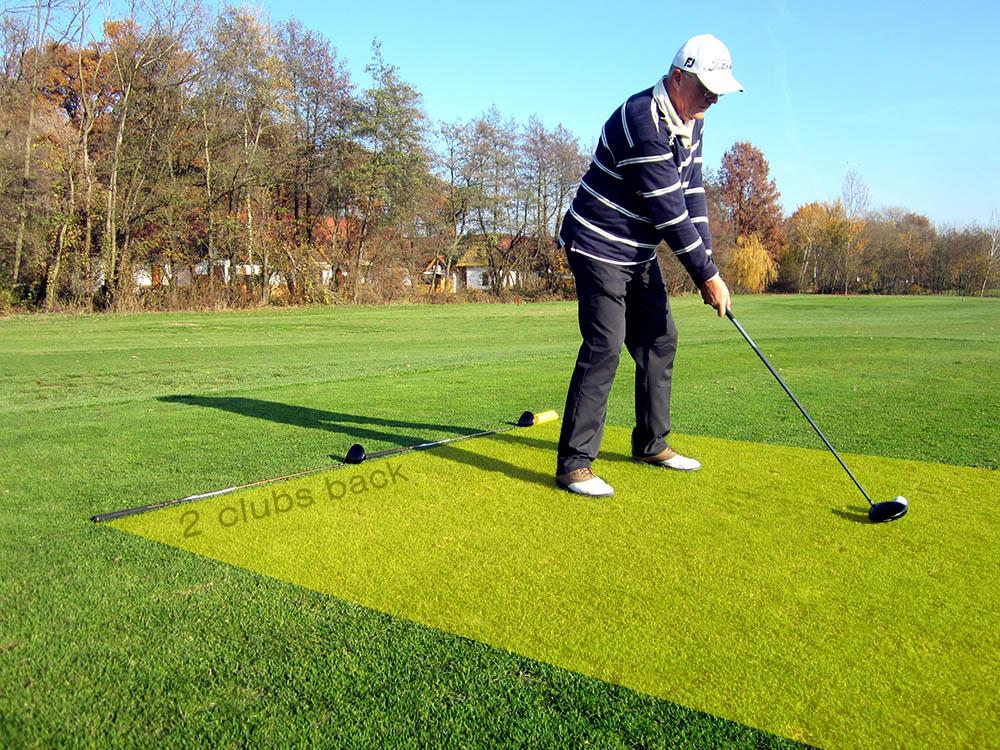

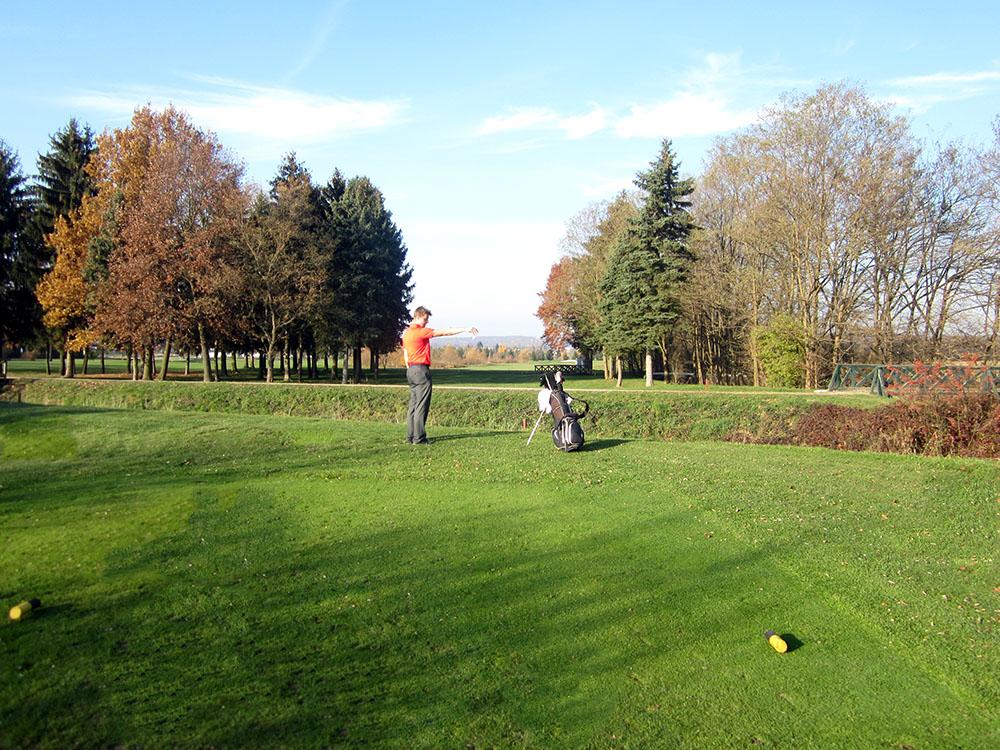
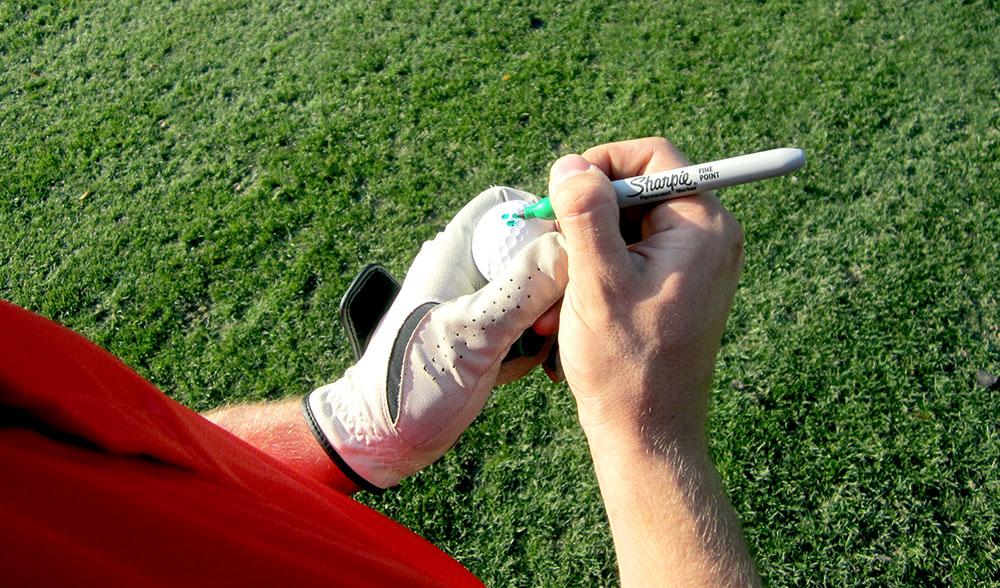
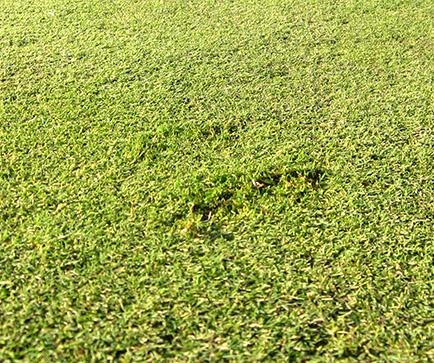
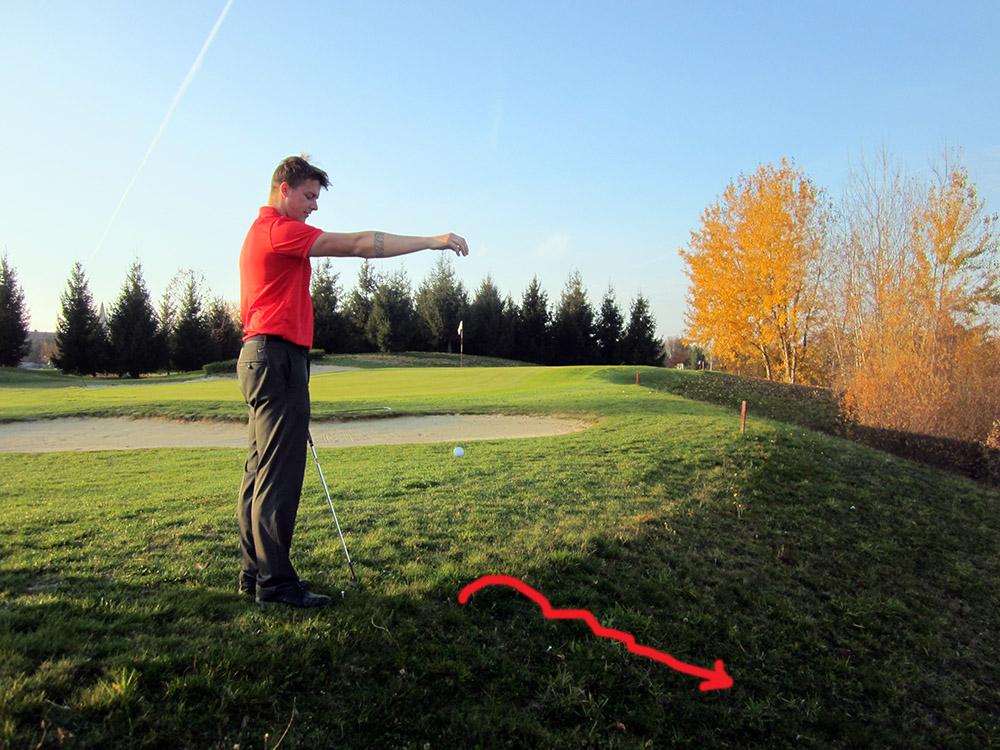
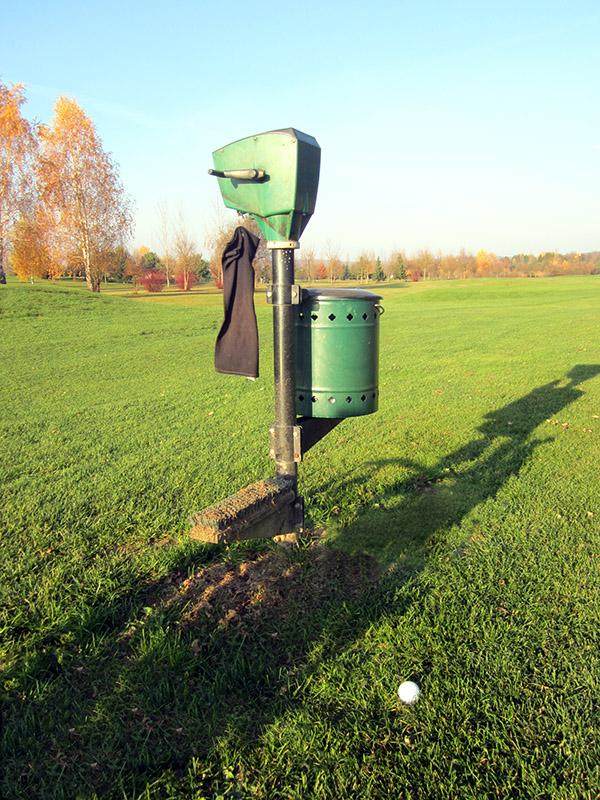
Comments (0)